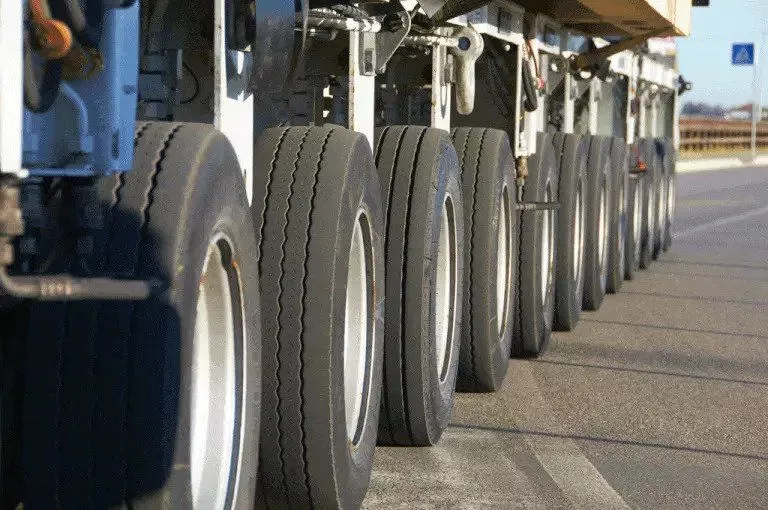Large commercial trucks pose substantial risks on the road, even without the dangers of hauling hazardous cargo. The collision between an 80,000 lb. 18-wheeler and a 3,000 lb. passenger vehicle can result in catastrophic truck accidents and potentially even wrongful death.
The Federal Motor Carrier Safety Administration (FMCSA) reported that 4% of the large trucks involved in fatal accidents in a recent year were carrying Hazardous Materials (HM) placards. Additionally, hazardous materials were released in 12% of all fatal and nonfatal large truck accidents that year.
A startling instance of the potential harm of hazardous cargo was the 2015 spill of 14 million honey bees on a Washington highway due to a semi-truck crash, as reported on MSNBC.
Regulations for Commercial Transport of Hazardous Materials
The FMCSA regulates commercial trucking, including the hauling of hazardous cargo. Before transporting specific hazardous materials, a truck driver must obtain a Hazardous Materials Safety Permit (HMSP) through FMCSA.
In collaboration with the Pipeline and Hazardous Materials Safety Administration (PHMSA), FMCSA focuses on preventing cargo tank truck rollovers. More than 78% of all commercial truck rollovers involve driver error, according to FMCSA.
Securing Compensation after Hazardous Cargo Truck Accidents
In the aftermath of a truck accident involving hazardous cargo, victims may face physical injuries, psychological trauma, and financial burdens. Seeking compensation for damages can be a complex process due to the involvement of multiple parties, from the truck driver and the trucking company to the cargo manufacturer and insurance companies. Understanding the specific regulations concerning hazardous materials is critical in these situations. At Herman Herman Katz, our experienced truck accident attorneys can guide you through this intricate process. We conduct comprehensive investigations to identify responsible parties and build a strong case on your behalf. Our team is committed to securing maximum compensation to cover your medical costs, lost wages, and pain and suffering. Don’t navigate this challenging time alone. Contact us today at 844-943-7626 for a free, no-obligation case review.
Free Case Evaluation
More About HHK
Other Truck Accidents News
Last month, a sleep-deprived truck driver crashed into Tracy Morgan’s […]
The Federal Motor Carrier Safety Administration (FMCSA) recently reported an […]
In 1985, the authorities set current trucking insurance limits to […]
The United States boasts nearly 48,000 miles of interstate highways. […]
As a division of the U.S. Department of Transportation, the […]
Wal-Mart Truck Driver Fatigue Linked to Tracy Morgan’s Severe Injury […]







